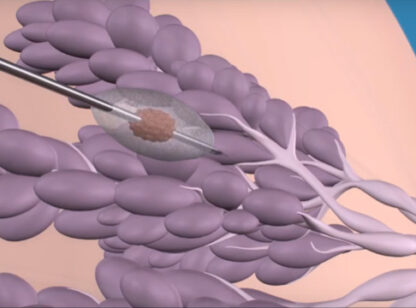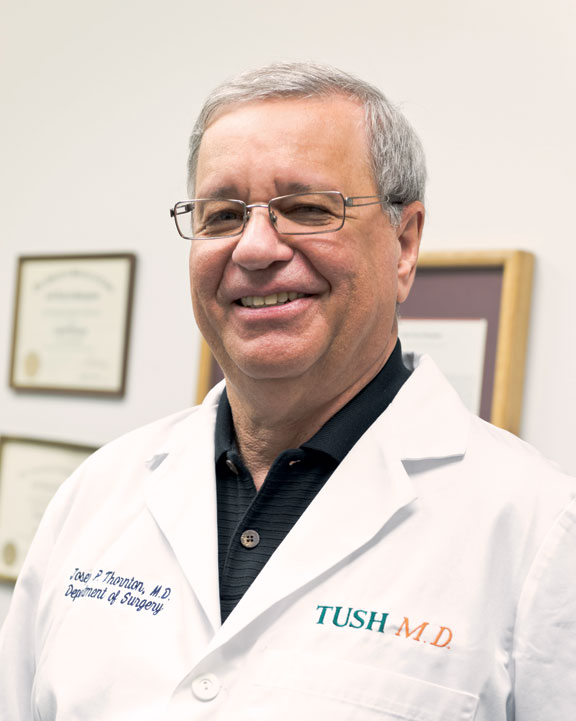Probiotic, micro-biome, gut-brain axis, leaky gut, food intolerance…these words have become more common in the past few years, and yet there is a lot of confusion about what is going on with our gut.
We used to think of the gut or gastrointestinal tract as a somewhat indestructible channel through the body that had no impact on our health. Increasing evidence supports understanding the gut not only as an interface between the outside and inside environments, but also a significant source of brain hormones and immune factors impacting overall health.
The normal intestinal wall is made up of thousands of villi or finger-like projections that create a surface area of between 200 and 300 square meters. This tennis court –sized area provides a mechanism for maximal absorption of nutrients from the food we eat. A human will consume between three and seven tons of food in a lifetime. This food will carry with it potentially harmful material along with nutrients that need to be absorbed. So there are three protective mechanisms within the intestinal tract to prevent the intrusion of the “outside world” that could be harmful as food passes through our intestines.
First, there is the micro-biome, or rich variety of species of bacteria that live in our gut. The population of each type of bacteria is meant to be in a crucial balance with the other populations. When functioning properly, these bacteria promote normal digestion and in turn normal absorption of our food. When out of proportion with each other, some of these populations can produce by-products called endotoxins that induce an immune response as antibodies form to protect us from these poisons. Taking probiotics is sometimes advised to attempt to increase the populations of healthy needed bacteria in the gut. Fermented foods, soluble starches, and foods such as onions and garlic support a healthy bacterial community in the gut.
Second, there is the blockade of the actual cells that form the intestinal walls. These cells are made of a lipid bi-layer that does not allow food to pass through, but have passages into the cell allowing for selective transport of micronutrients into the cell for processing.
Third, there are tight junctions that are the protein connections between the cells. Like mortar between stones in a wall, these structures bind the cells together into a cohesive wall.
Many conditions that create gut inflammation cause the cell barrier to become more permeable, so that enlarged spaces in the cells of the gut wall and breakage of tight junction proteins can induce the loss of the protective barrier. When micro-particles of food cross through this damaged intestinal wall, they serve as triggers or antigens and induce an immune response of antibodies in our blood stream. This mechanism is the source of what are often called food allergies but are more appropriately called food intolerances.
Healing the gut through a protocol of removing the toxic triggers including the foods that have created an immune response, providing nutrients to rebuild the cell walls and allowing time for the tight junctions to re-develop, takes time and intention. However, the impact of such healing is widespread and includes resolution of issues such as irritable bowel syndrome, depression, psoriasis, migraines, and many other neurologic and auto-immune disorders.
If you are curious about your gut health, ask your doctor about blood tests for intestinal permeability and protocols for intestinal healing that provide a foundation for overall health.
Dr. Brossfield is the medical director at the Eisenhower Wellness Institute and can be reached at (760) 610.7360.








































Comments (0)